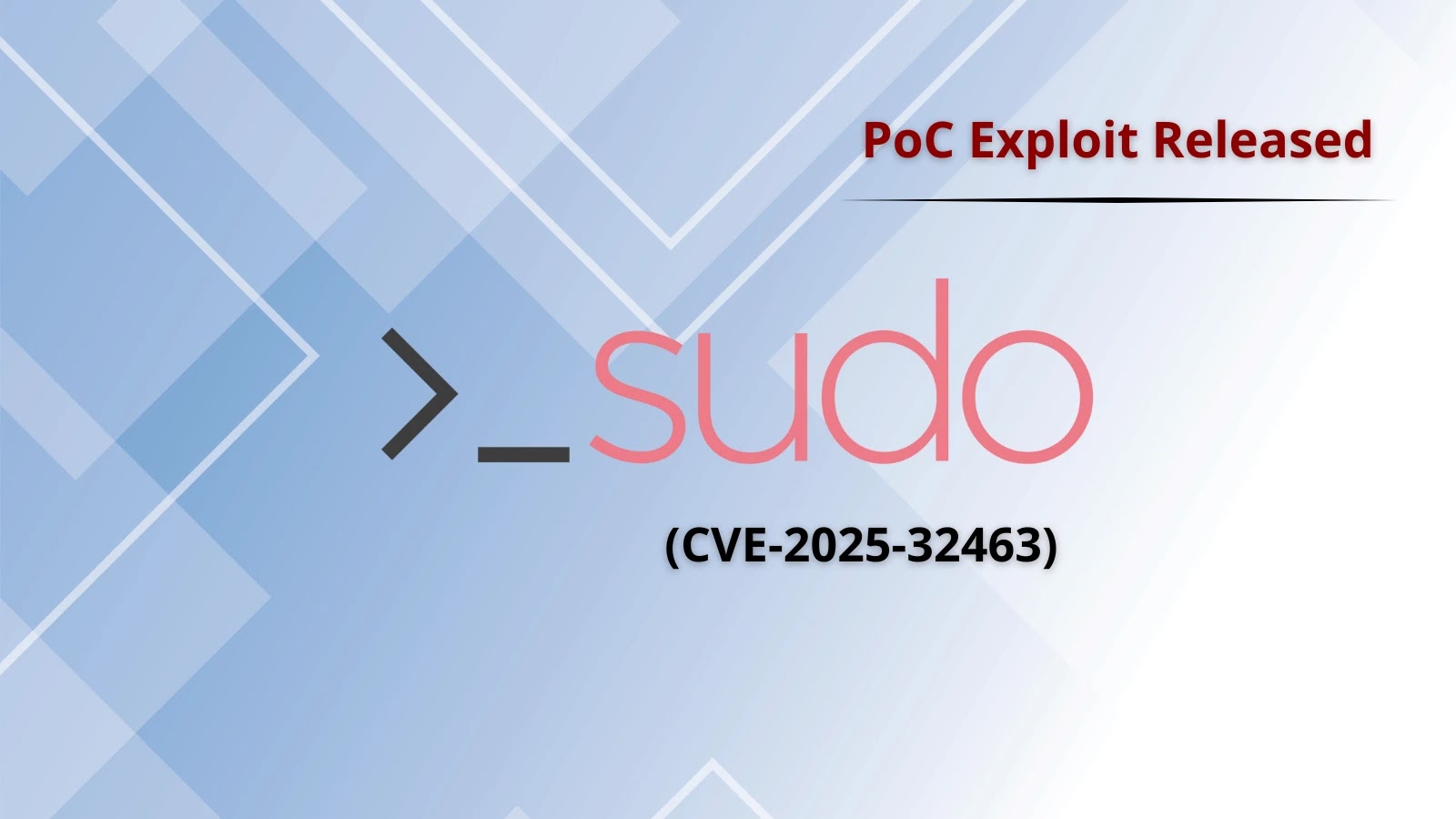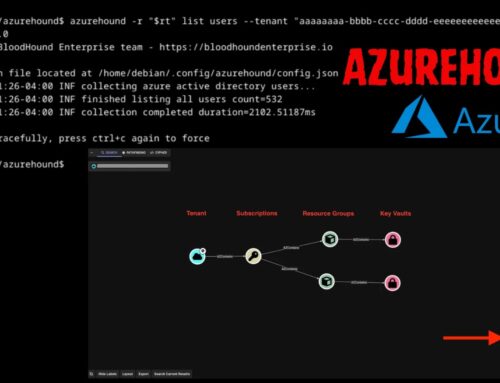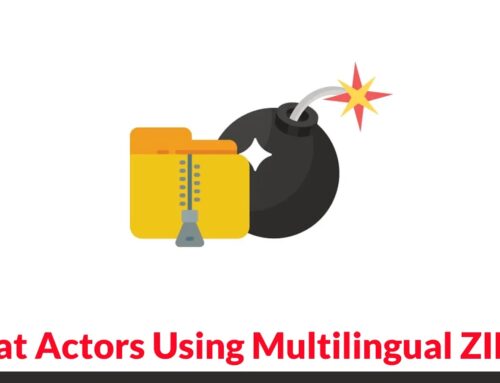
PoC Exploit Released for Sudo Vulnerability that Enables Attackers to Gain Root Access
Proof-of-Concept Exploit Released for Critical Sudo Vulnerability: What You Need to Know
The cybersecurity landscape just experienced a significant shift. A publicly available Proof-of-Concept (PoC) exploit has been released for a local privilege escalation (LPE) flaw in the ubiquitous Sudo utility. Identified as CVE-2025-32463, this vulnerability could allow attackers to gain root access on affected systems under specific configurations. The rapid availability of a functional PoC means immediate action is crucial for system administrators and security professionals.
Understanding CVE-2025-32463: The Sudo Vulnerability
Sudo (superuser do) is a fundamental utility in Unix-like operating systems, allowing a permitted user to execute a command as another user, typically the superuser (root). The vulnerability, CVE-2025-32463, is an LPE flaw. This means an attacker who has already gained low-level access to a system could leverage this vulnerability to escalate their privileges to root, effectively taking full control of the compromised machine.
Security researcher Rich Mirch is credited with identifying this critical weakness. While the full technical details of the flaw are still under analysis, the immediate concern stems from the fact that a functional PoC, complete with a usage guide, has been made public on an open GitHub repository. This significantly lowers the bar for potential attackers, transforming a theoretical vulnerability into an immediate, actionable threat.
Impact of a Public PoC
The release of a functional PoC for a critical vulnerability like CVE-2025-32463 dramatically increases the risk to unpatched systems. Here’s why:
- Democratization of Exploitation: A PoC provides a ready-made tool, enabling even less skilled attackers to exploit the vulnerability.
- Accelerated Attack Campaigns: Threat actors can quickly incorporate the exploit into their toolkits, leading to widespread scanning and attempted exploitation.
- Increased Urgency for Patching: Organizations have a much smaller window to apply patches before facing active attacks.
- Potential for Widespread Devastation: Given Sudo’s pervasive use, successful exploitation could lead to extensive system compromises and data breaches.
Remediation Actions
Immediate and decisive action is required to mitigate the risks associated with CVE-2025-32463. System administrators must prioritize these steps:
- Identify Affected Systems: Determine all systems leveraging the Sudo utility that may be running vulnerable versions.
- Patch Immediately: Apply vendor-supplied patches for Sudo as soon as they become available. Monitor official distribution channels (e.g., Ubuntu, Red Hat, Debian) closely for security updates.
- Review Sudo Configurations: The vulnerability is noted to grant root access “under specific configurations.” Thoroughly review your
sudoersfile for overly permissive rules or non-standard configurations that might inadvertently expose your systems to this flaw. Adopt the principle of least privilege. - Implement Least Privilege: Ensure that users have only the minimum necessary Sudo privileges required to perform their tasks. Avoid granting blanket
NOPASSWDaccess where not absolutely essential. - Monitor Logs: Increase vigilance on Sudo logs (
/var/log/auth.logor similar) for unusual activity or failed Sudo attempts, which could indicate attempted exploitation. - Regular Security Audits: Conduct regular security audits of your systems, including Sudo configurations, to proactively identify and rectify potential weaknesses.
Recommended Security Tools
While direct patching is the primary defense, various tools can aid in vulnerability management and system security monitoring.
| Tool Name | Purpose | Link |
|---|---|---|
| Nessus/OpenVAS | Vulnerability Scanning & Asset Discovery | Nessus / OpenVAS |
| OSSEC HIDS | Host-based Intrusion Detection & Log Analysis | OSSEC |
| Auditd | Linux Auditing System for Security Events | Auditd Man Page |
| Qualys VMDR | Vulnerability Management, Detection, and Response | Qualys VMDR |
Conclusion: Prioritizing Sudo Security
The emergence of a public PoC for CVE-2025-32463 underscores the critical importance of robust patch management and vigilant security practices. Sudo is a powerful utility, and its compromise can be catastrophic. Proactive identification of vulnerable systems, immediate application of patches, and a thorough review of Sudo configurations are non-negotiable steps to protect your infrastructure from potential root access exploits.





